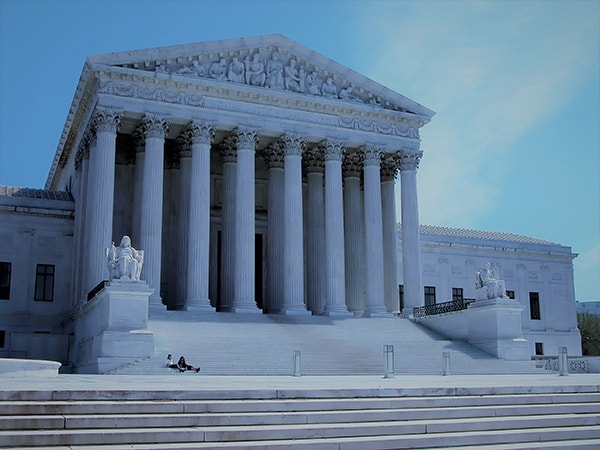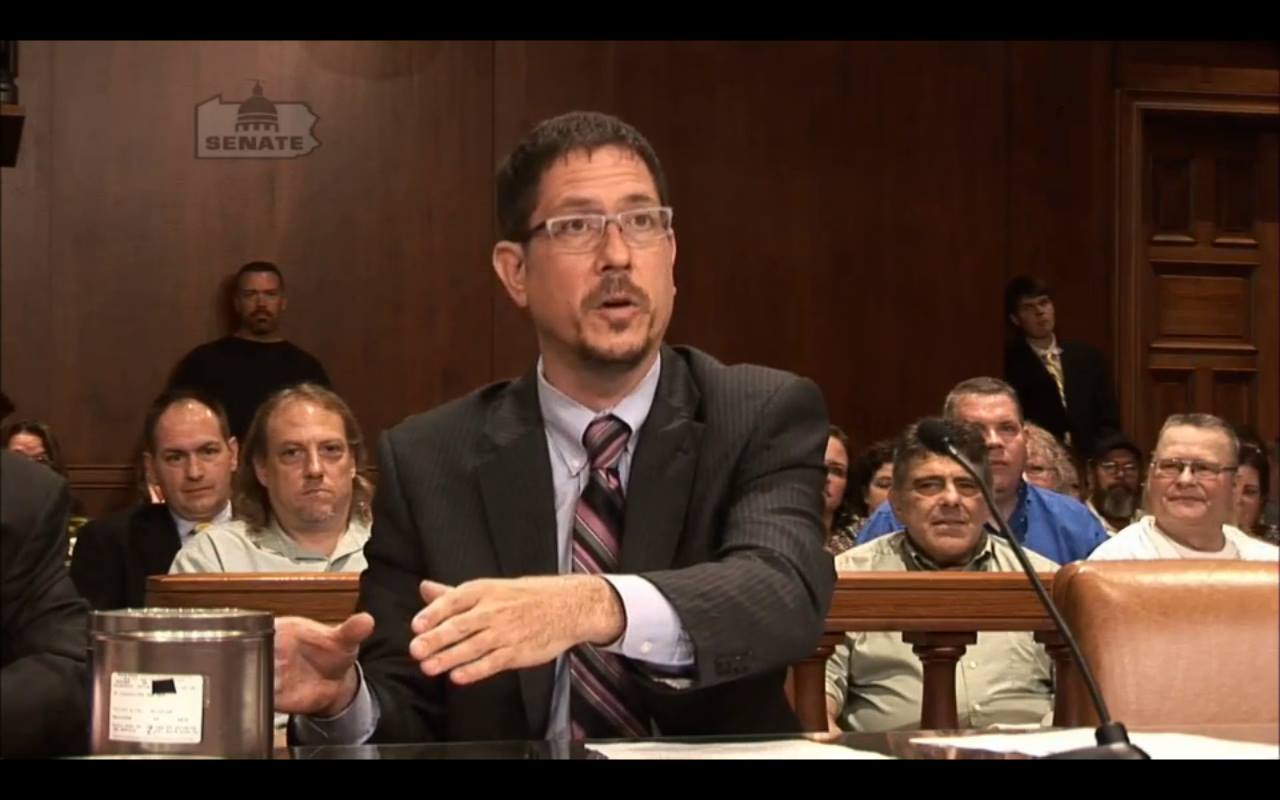Top Federal Crime Lawyer: Specialized Legal Defense for Federal Offenses
Top Federal Crime Lawyer: Specialized Legal Defense for Federal Offenses
Blog Article
Debunking the Process of Federal Appeals: What You Need to Know
Navigating the elaborate realm of federal charms can commonly look like passing through undiscovered waters for those unknown with the process. Comprehending the subtleties of appellate court jurisdiction, the complexities of submitting a notice of appeal, providing an engaging short, and making a convincing dental argument are important elements that can considerably impact the outcome of an instance. By deciphering the layers of intricacy bordering federal allures, people can get a more clear insight into the devices that control this important phase of the lawful system.
Comprehending Federal Appeals Refine
Delving into the detailed realm of the federal charms process unveils a systematic and structured journey with the judicial system - federal appeal lawyers iowa. Federal allures act as an essential device for evaluating choices made by reduced courts. Understanding this procedure is essential for any individual involved in legal process at the federal level
The process typically starts with an event disappointed with a lower court's ruling submitting a notification of appeal. This activates a testimonial by a higher court, where a panel of judges evaluates the lawful disagreements presented by both celebrations. Briefs detailing the lawful reasoning behind each celebration's setting are sent, and dental arguments may be heard to clarify complicated concerns.
The appellate court's decision is based on an extensive evaluation of the lower court's process and the arguments presented. As soon as the appellate court gets to a decision, it can verify, turn around, remand, or change the reduced court's judgment, providing quality and finality to the legal disagreement.
Appellate Court Jurisdiction Discussed

Appellate courts have jurisdiction over details kinds of cases, typically those entailing legal errors, procedural concerns, or questions of legislation as opposed to factual disputes. The territory of appellate courts is normally detailed in statutes and regulations that control the court system. Recognizing appellate court territory is vital for events involved in the appeals process as it figures out whether an instance is eligible for testimonial and the degree to which the appellate court can interfere in the lower court's choice.
Filing a Notification of Allure
The first step in beginning the government appeals procedure involves filing a Notice of Appeal with the appropriate appellate court. wisconsin federal appeal attorneys. This critical paper formally alerts the court and the other parties associated with the instance that the appealing celebration intends to look for an evaluation of the lower court's decision. Submitting a Notice of Allure is a strict step-by-step need that sets the appellate procedure moving
When preparing the Notification of Charm, it is vital to ensure conformity with the details guidelines and standards of the relevant appellate court. The file has to generally consist of info such as the situation name, the lower court's name, the date of the judgment being appealed, and a concise statement suggesting the premises for the appeal.
When submitting a Notification of Charm,Timeliness is of the essence. Missing out on the target date for submitting this paper can cause the appeal being disregarded, underscoring the significance of timely and exact initiation of the charms process. It is advisable to seek lawful guidance to browse the complexities of submitting a Notice of Allure properly.
Briefing and Oral Disagreement
In the appellate process, providing created briefs and participating in oral disagreements play crucial functions in advocating for the appealing party's setting before the appellate court. Briefs are detailed legal documents that describe the events' disagreements, lawful authorities, and analysis sustaining their settings. These composed entries give the court with a detailed understanding of the facts of the situation, the appropriate legislation, and why the appealing more helpful hints party thinks the lower court's decision must be overturned.
Following the submission and testimonial of the briefs, dental debates use the celebrations a chance to additional clarify their settings, deal with any kind of inquiries the appellate courts might have, and emphasize bottom lines from their composed briefs. Oral arguments are an opportunity for the lawyers to convince the judges through spoken campaigning for and actions to queries from the bench.

Obtaining the Appellate Court Decision

Conclusion
Comprehending the appellate court territory, submitting a notification of charm, preparing briefs, and presenting dental disagreements are all vital elements of this procedure. Ultimately, getting the appellate court choice can give quality and resolution to lawful disputes.
As we progress from understanding the government charms process to dissecting the details of appellate court jurisdiction, a basic element comes to light regarding the authority and limitations of these greater courts in the lawful landscape. Appellate court jurisdiction refers to the scope of cases that a particular appellate court has the power to review and make a decision upon. Unlike test courts that listen to cases for the very first time, appellate courts are limited to assessing choices made by lower courts. Comprehending appellate court jurisdiction is vital for parties included in the allures procedure as it determines whether a case is eligible for evaluation and the degree to which the appellate court can interfere in the reduced court's decision.
Whether the appellate court verifies, turns around, or remands the reduced court's decision, understanding the effects of the judgment is important for all parties included in the appellate procedure.
Report this page